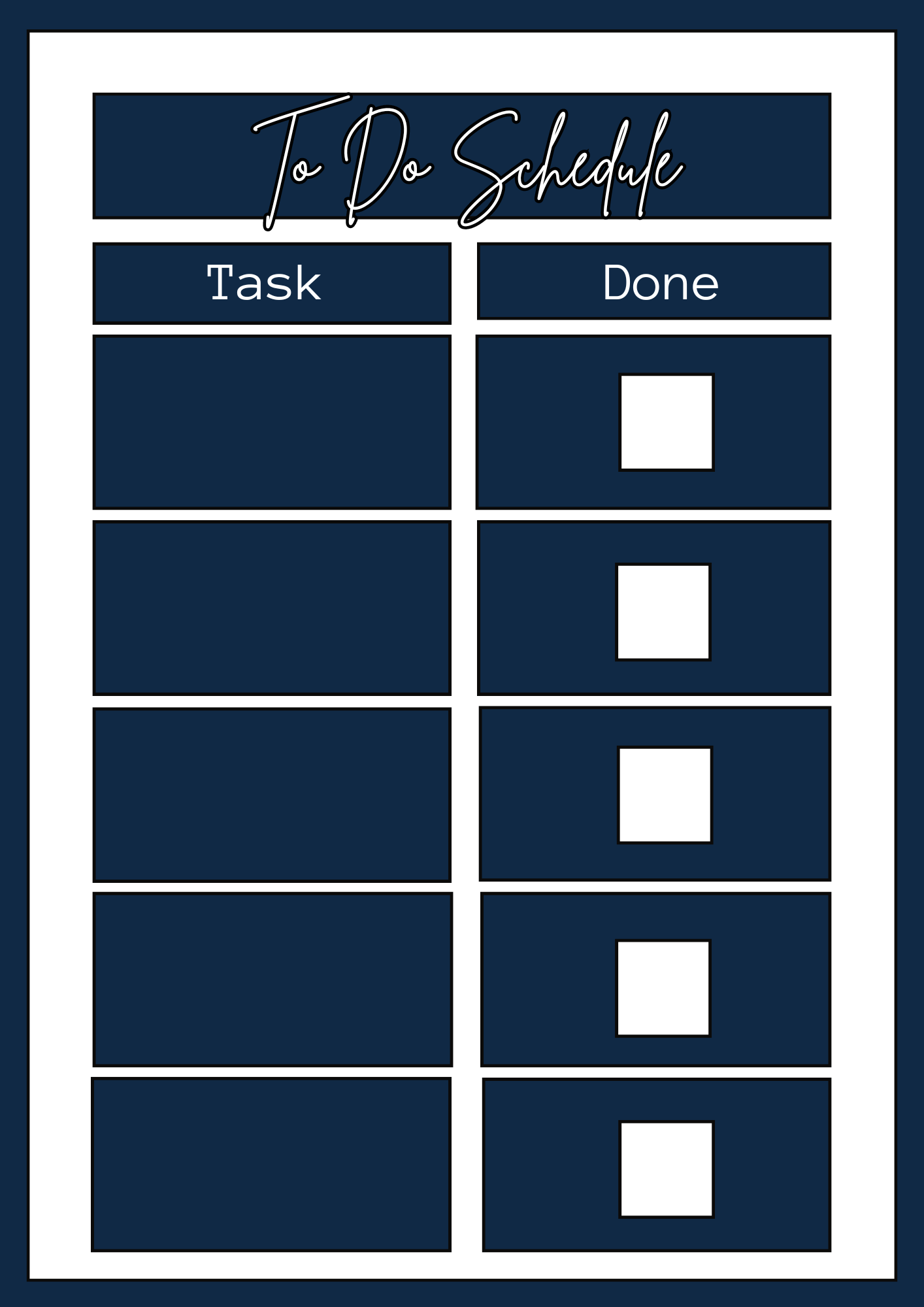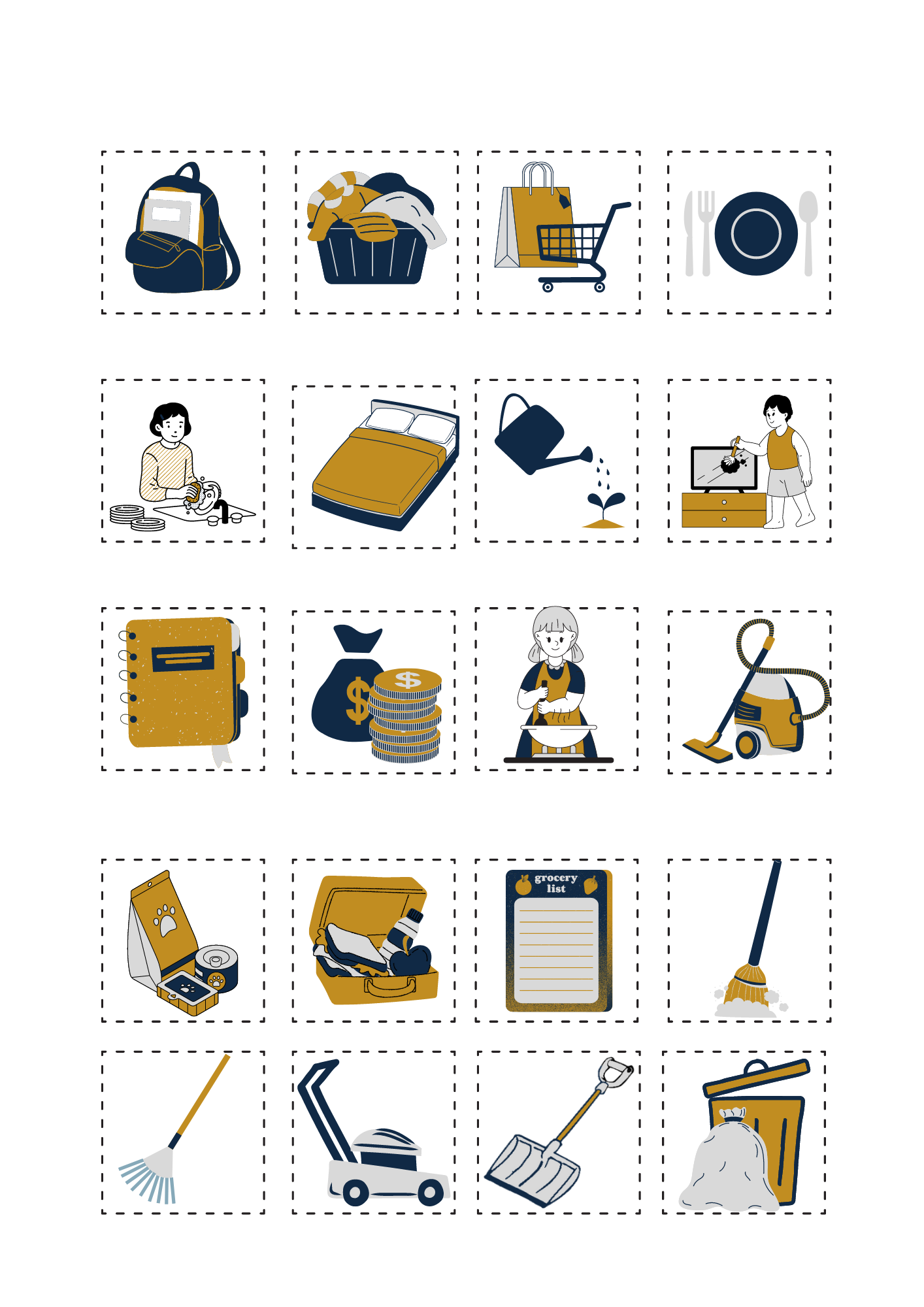Instrumental Activities of Daily Living (IADLs): How Are They Different from Activities of Daily Living (ADLs)?
What are Instrumental Activities of Daily Living (IADLs)?
In comparison to Activities of Daily Living (ADLs), Instrumental Activities of Daily Living (IADLs) are more complex activities that help sustain an individual’s life within their home and community (American Occupational Therapy Association [AOTA], 2020; Edemekong et al., 2024). They are different for each individual, and the number of IADL tasks depends on age (Beck, 2024). The 11 different types of IADL activities include:
Care of pets and animals: Nurture and care for pets and service animals.
Child rearing: Taking on the responsibilities of nurturing and caring for a child as they develop and grow.
Communication management: Deciphering information through tools (e.g., writing tools, telephone, keyboards, recorders, computers, tablets, medical devices, etc.).
Driving and community mobility: Using public or personal transportation to travel within the community (e.g., walking, driving, bicycling, taking a cab, bus, or ride-sharing).
Financial management: Utilizing financial resources such as credit cards or online banking
Home establishment: Acquire and sustain ownership of household items and the environment (e.g., house, yard, vehicles, appliances, clothing, and other items within the home), and understand what steps to follow and who to contact if needed.
Meal preparation and cleanup: Setting up, cooking, serving, and cleaning up meals and food tools.
Religious and spiritual expression: Participate in activities related to spiritual beliefs, attend a religious setting (e.g., church, temple, mosque, or synagogue), pray or chant for spiritual beliefs, and engage in a contribution (e.g., giving back to the community, society, or for a greater purpose).
Safety and emergency maintenance: Identify and acknowledge safety risks (e.g., recognize hazard situations and apply action to the emergency), ensure safety when coming and going from home, acknowledge who to contact for an emergency, and maintain smoke detectors and light bulbs.
Shopping: Create a list for shopping, picking out, buying, and transporting items; complete payments of shopping items by selecting a method of payment (e.g., credit card, cash, checkbook, or other money apps), utilizing computers, tablets, or cell phones for online shopping.
(AOTA, 2020)
Importance of IADLs in Kids
IADL activities are essential for children to engage in as they encompass more complex tasks such as higher cognitive thinking and decision-making skills (e.g., organizing, sequencing, and planning). These activities also help them build their independent skills as they age (South Shore Therapies, n.d.).
IADL Activities for Children
Children can engage in various IADL activities based on age. Here are some suggestions to help your child engage in some IADL tasks to help gain their independence.
Ages 4-7
Make the bed
Clean up toys
Prep the table during mealtime
Feed animals or take them on a walk
Carry in and put away groceries
Ages: 8-12
Prep food items in preparation to make a meal
Learn how to use small appliances (e.g., microwave)
Engage in some household chores: dusting, sweeping, vacuuming, doing the dishes
Pack their own school lunch
Learn how to use a planner to track important events and schoolwork
Learn how to contact people through the use of a cell phone
Learn how to use and save money
Water the indoor or outdoor plants
Ages: 13-15
Learn how to operate the stove top under supervision
Create a grocery list and engage in grocery shopping
Maintain 1-2 household chores
Money management
Ages 16-18
Learn about and prep healthy meals
Learn safety scenarios that may involve danger to oneself or others
Learn how to commute safely, looking for familiar locations and using a navigation app
(The Children’s Hospital of Philadelphia, 2016; Regis, 2023)
Check out our visual schedule below to help incorporate IADLS into your child(ren)’s routine!
References
American Occupational Therapy Association. (2020). Occupational therapy practice framework: Domain and process (4th ed.). American Journal of Occupational Therapy, 74(Suppl. 2), 1-87. https://doi. org/10.5014/ajot.2020.74S2001
Beck, C. (2024). Instrumental activities of daily living. The OT Toolbox. https://www.theottoolbox.com/instrumental-activities-of-daily-living/
Edemekong, P. F., Bomgaars, D. L., Sukumaran, S., & Schoo, C. (2024). Activities of daily living. StatPearls Publishing. http://www.ncbi.nlm.nih.gov/books/NBK470404/
Regis. (2023). 11 tips for teaching activities of daily living. Regis. https://online.regiscollege.edu/blog/11-tips-for-teaching-activities-of-daily-living/
South Shore Therapies. (n.d.). What are activities of daily living (adls) for children?. South Shore Therapies. https://southshoretherapies.com/b/what-are-activities-of-daily-living-adls#:~:text=Instrumental%20Activities%20of%20Daily%20Living%20(IADLs)%20for%20children%20encompass%20skills,independence%20as%20the%20child%20grows.
The Children’s Hospital of Philadelphia. (2016). Fostering independence: Introducing instrumental activities of daily living. Children’s Hospital of Philadelphia. https://www.chop.edu/news/fostering-independence-introducing-instrumental-activities-daily-living



